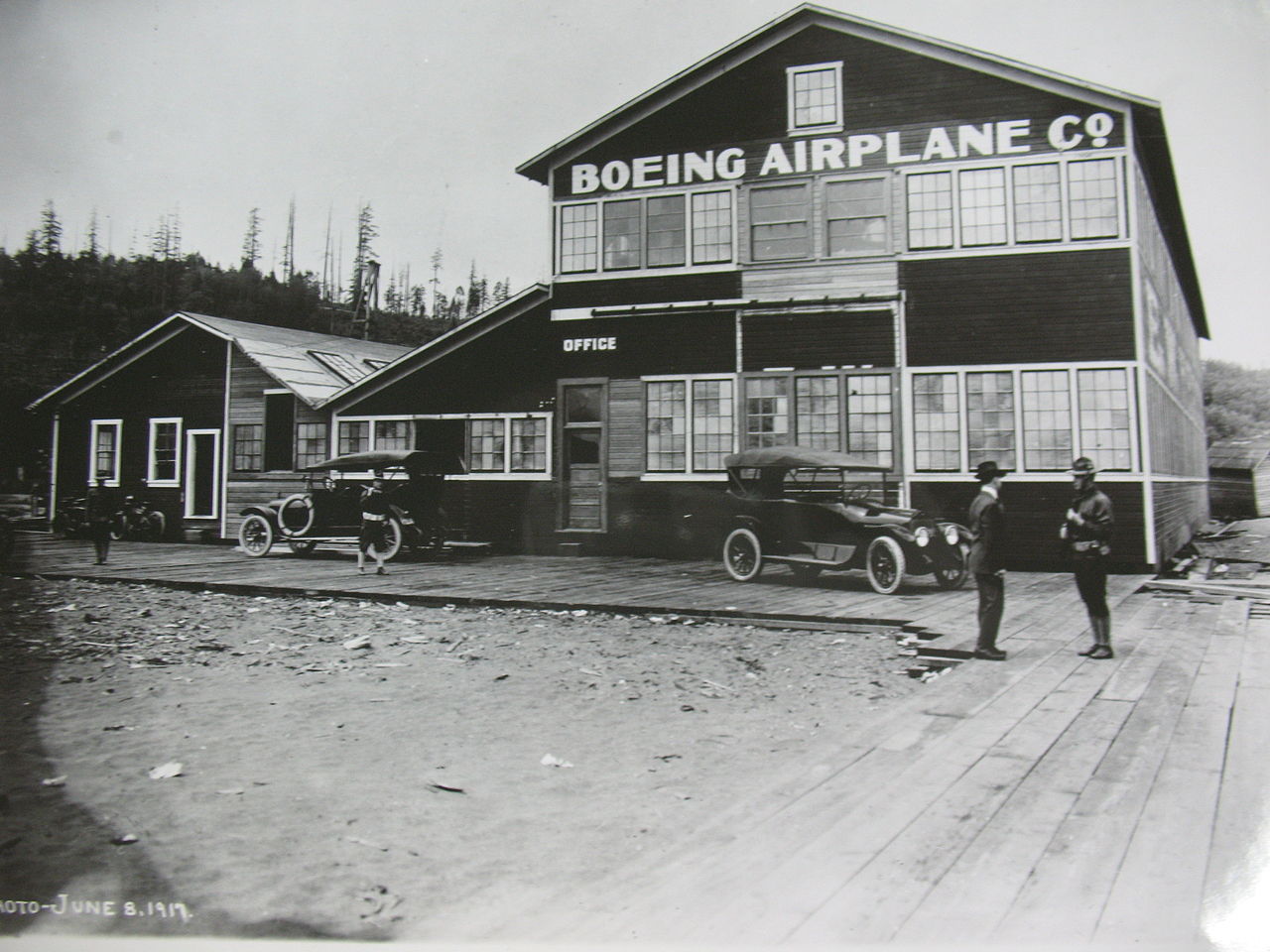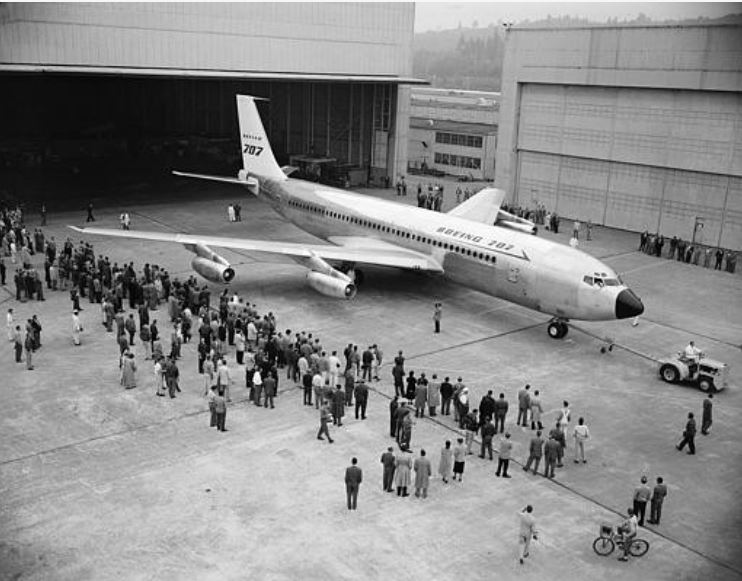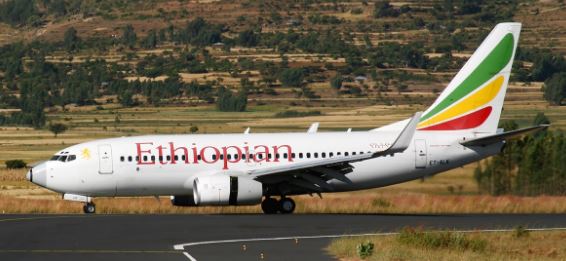Boeing is the world’s biggest manufacturer of commercial jets. The company’s products are not only ubiquitous in American civil life but in the military too.
Formerly Boeing Airplane Company, the company assumed its existing name to symbolize its expansion into other fields beyond the design and production of commercial aircraft. Boeing is now a leading manufacturer of military aircraft, space vehicles, and missiles.

Boeing is one of America’s proudest examples of engineering and technological success and it’s no secret that America as a country is dependent on Boeing. This makes its recent trend of high-profile failures, a matter of deep national concern.
Despite employing well over 150,000 people, at present Boeing is a wounded giant. The past 10 years or so has seen the company undergo an unpredictable decline. Its shortcomings with the 737 MAX, the KC-46 Pegasus, the NASA Starliner, and the 787 Dreamliner serve as evidence of the company’s systemic organizational failures.
So, what happened to Boeing? What has happened that a company that was once considered a forerunner in the industry has become unable to manufacture safe airplanes?
Below is a detailed insight into how the company is currently set up, what motivated its rise to industry domination, how its leadership dissipated, and what the future of Boeing looks like.
Boeing’s Current Business Focus
Boeing’s primary business units revolve around three main target areas; commercial airplanes, space and communications, and military aircraft and missiles. But if there’s anything that has made Boeing a household name, is its work in developing commercial aircraft.
The company is involved in the manufacture of commercial airplanes that include the narrow-body Boeing 737, the Boeing 767, 777, 787, and the recently discontinued 747.
Boeing’s activities related to the military are centered on the design and manufacture of bombers, fighter aircraft, transportation, and missiles. Some of its products include the AH-64 Apache attack helicopter series and the F-22 Raptor stealth fighter.
In the space sector, the company produces rocket engines, boosters, and other types of launch vehicles. Boeing is also involved in ground operations and training for the United States space shuttle fleet.
The Start of Boeing

Boeing began in early 1916 and was founded by a pioneer in American aviation, William Boeing. The company built two airplanes known as B&W seaplanes after the initials of its designers George Westervelt and William Boeing. The B&W seaplane carried a crew of two, cruised at 67 mph, and had a range of 320 miles.
Unfortunately, the US Navy refused to buy them and as such, were sold to the New Zealand Flying School. This sale was not only the company’s first sale but its first international sale; early signs of a promising future ahead.
William Boeing parted ways with George Westervelt who moved to the East Coast, leaving Boeing to proceed alone and formally incorporate the company on July the 15th, 1916.
It was initially registered as Pacific Aero Products Company before it was renamed to be Boeing Airplane Company the following year. That same year, the US Navy made a complete turnaround by buying 50 Model C seaplanes, their first ever production order.
But when the First World War came to an end in late 1918, the military orders for planes came to a halt. An influx of planes used by the military during the war inflated a thin market. Boeing. However, Boeing kept afloat by securing contracts to build planes designed by other companies.
This made it clear to William that the company had to restrategize and build planes out of their own designs if they were to establish a foothold in the industry. This directive led to the successful design and sale of 586 P12/F4B fighter jets between 1929 and 1939.
In 1925, the US Postal Service began subcontracting private companies to handle the delivery of airmail. After winning a contract to transport mail between Chicago and San Francisco, the company formed Boeing Air Transport for transporting airmail and passengers.
Boeing then designed and constructed the Model 40, a plane made to transport mail as well as two passengers. The success of this business venture prompted the company to develop the first ever plane intended for transporting passengers solely; the 3-engine-powered Model 80. It could transport 12 passengers, cruised at 125 mph, and had a 460-mile range.
Over the next decade, the company sought to make significant advancements in commercial air transportation. In 1938, just after the retirement of William Boeing, the company released the ‘314 clipper’ a luxurious aircraft that had a range of 4,500 miles, cruised at 184 mph, and could carry up to 74 people on board. It was also designed to land safely in the sea should the engines experience failure.
The Second World War soon took focus and the development of military aircraft was prioritized over civilian aircraft development. The end of the wars saw the almost instant loss of nearly 70,000 jobs at Boeing and the company shifted its focus back to civilian air transport.
Boeing’s Best Years of Success

In 1957, Boeing’s first passenger jet, the 707, took its first flight and would proceed to revolutionize the industry, establishing Boeing as the prime leader in commercial air transport. It was the first plane to have its engine placed under the plane’s wings, a trend that has caught on to this day.
The 707 blew its competitors out of the water, or air, in this case, cruising at an average speed of 600mph despite its enormous weight. It carried twice as many passengers across the Atlantic, slowly becoming a market leader. This resulted in huge profits for Boeing in the process.
As air travel became increasingly popular, the need for smaller planes to cover shorter distances and larger planes to cover long distances and ferry a higher number of people became apparent.
This need motivated the development of the 727 models in 1964 which sold a staggering 1,832 planes. The 737 series came after, selling well over 5,000 planes by 2006.
The 737 is highly iconic as it ushered in the need for fewer technical crew onboard; something that was almost unheard of at that stage of aviation. The 737 eliminated the job of the radio officer, flight engineer, navigator, and captain, the latter of which had their duties merged with that of the pilot and copilot.
The End of an Era

Presently, Boeing is facing immense scrutiny over two crashes of its 737 Max jet in Ethiopia and Indonesia. This has led to the grounding of all 737s but the company’s tribulations did not start recently.
During the 70s, Boeing stopped releasing new planes as they basked in the unrivaled supremacy and domination of global aerospace. While the company worked hard to produce four series of airplanes within 10 years, between 1970 and 1995, Boeing produced just two planes.
The pace of developing new planes was in obvious decline while its main competitor, a French company known as Airbus, actively worked to develop its aircraft to beat everything produced by Boeing.
Perhaps it can be said that the company’s faltering approach to innovation was motivated by its failure to create a supersonic plane despite being funded by the government to the tune of $1 billion.
As time progressed, the designs at Boeing became old and in a bid to tighten its grip over the market, the company released both the 757 and the 767 with similar cockpits. The thinking behind the idea was airlines would be locked into buying planes from Boeing since pilots would have an easy time flying either plane.
This however proved somewhat counterproductive for the company as it would render them conservative maintainers. To worsen matters, the newly released 757 was not popular with passengers who complained of having difficulty in finding comfort.
Another event that widely contributed to the downfall of Boeing is 9/11 where a 767 was hijacked and deliberately flown into the World Trade Center in New York. Three former Boeing CEOs took part in a panel where Alan Mulally described it as the first time civilians associated Boeing planes with being used as weapons of which proved detrimental to the company in the long-run.
In 2001, Boeing had twice as many orders as Airbus. The following year post 9/11, Airbus had almost as many orders as Boeing and in 2003 onwards, Boeing produced fewer planes annually than Airbus.
From Dominating to Dominated
In some companies, experiencing overwhelming success motivates research and innovation. Other companies, on the other hand, experiencing the same kind of success puts them in a cycle where they repeat the strategies that originally brought about its success.
This is despite the change in markets and technologies and this causes the company to fall behind the rest of the market.
Boeing, in this case, used innovative practices to create outstanding planes in the 1950s and 60s but it became complacent and instead, prioritized maintaining the status quo. As a result, the company lost its market dominance gradually as well as the drive that’s integral in making operations innovative and competitive.
As for the future of the grounded 737s, it is believed the company will begin working on a successor plane sometime in 2021. But what can be understood is if left unchecked, Boeing will proceed to render avoidable risks to air travelers and those who rely on their systems.
Interesting related article: “The quest to create a quieter aircraft.”

